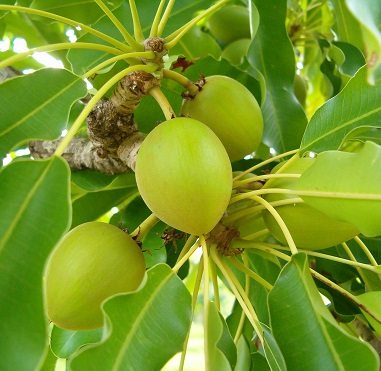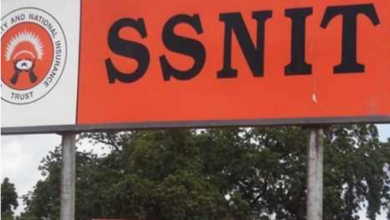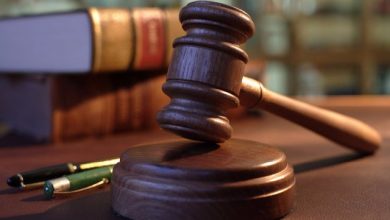News
Perishing Shea tree: Kpembewura charges sub chiefs to end Shea tree harvesting

The destruction and burning of shea trees has for close to two decades now been a threat to the livelihood of millions of women in the Northern Region of Ghana amidst a decline in its contribution to GDP.
The shea tree, also known as the Northern ‘cocoa’, has been a source of income for most rural dwellers.
An estimated three million rural women in Ghana, especially in the Savannah Ecological Zone, make income from shea products.
The women, aside from selling the nuts in their raw form, also extract butter from the nuts for both domestic and commercial purposes.
Zakariah Abiba, a mother of three from Kpembe in the East Gonja Municipality of the Savannah region has been picking shea to support her family for the past 30 years.
According to her, the cutting down of trees for fuel wood and charcoal is affecting her gains.
“My grandmother picked shea, my mum too and now me. It has been a source of livelihood for generations and now we see it as the cocoa of the north, but I can tell you I’m scared now.”
“They cut it down anyhow. It’s even nauseating,“ she fumed.
According to the Global Shea Alliance (GSA), almost eight (8) million shea trees are lost across West Africa every single year.
Currently, in West Africa, shea trees absorb about 1.5 million metric tonnes of carbon dioxide every year.
The destruction of the shea tree continues to endanger the livelihood of millions of women in the Savannah ecological zone.
Research by the Global Shea Alliance in 2020 revealed that Ghana earns more than US$32 million annually from the export of shea products.
However, these gains have declined, according to the chief executive of the Tree Crop Development Authority, William Agyapong Quaittoo.
“Shea contribution to GDP has declined yes and its unfortunate. That’s why as a means of ensuring a sustainable shea industry, the Tree Crop Development Authority and the Ghana Shea Alliance initiated a plan to plant 10 million shea trees over the next 10 years”
“We want the farmers to cultivate Shea on commercial fields and take care of them so they can own them just as they own mango plantations.”
The paramount chief of the Kpembe traditional area, Kpembewura Banbagne Ndefeso IV, has been championing the fight against felling of Shea trees since ascending the kpembe skin.
For him, cutting down the shea tree is a growing canker that must be stopped.
“The Shea tree is the reason I’m a professional teacher today. My mother like other mothers picked Shea nuts, processed them into butter, sold them and took care of my education and so I must see every reason to protect the Shea tree because it helped me before.
This is why I’ve tasked my sub-chiefs to watch and report anyone found felling shea for whatever reason to me, so I take action against that person,” the Kpembewura said.
He appealed to organizations that are into climate change to invest in advocacy on protecting the shea tree.
Citizens owe it a duty to protect and contribute to the survival of the shea tree.
The amendment of the Economic Plants Protection Act to include shea would help prevent the destruction of the shea tree for illegal charcoal production and logging.
Source:Fiilafmonline/3News


